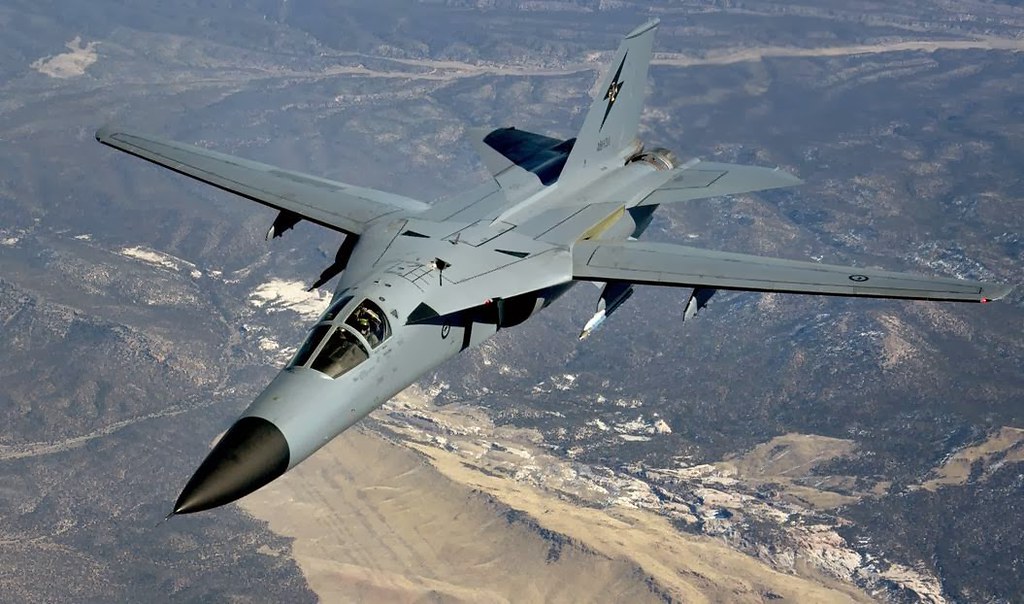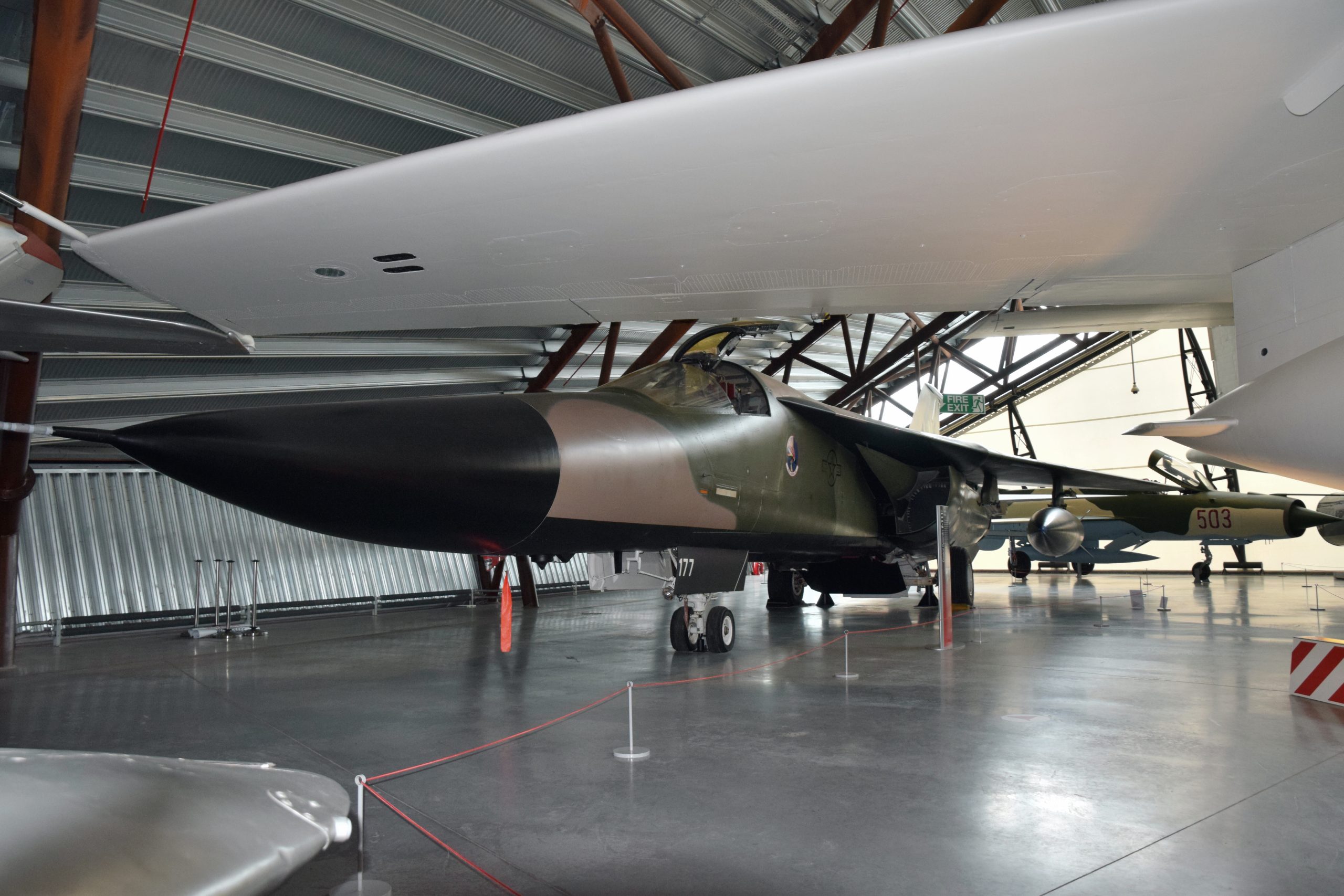
From its inception, the F-111 Aardvark symbolized a bold stride in aviation design, one that not only shaped future military aircraft but also etched its name in the annals of aerial warfare.

Entering service in the tumultuous Vietnam era, the F-111 Aardvark—a high speed, all-weather tactical fighter-bomber—was a technological marvel with swing-wings and afterburners that pushed boundaries and raised eyebrows.

The Aardvark’s story is characterized by its dual identity: a groundbreaking piece of military hardware that encountered a rocky start, and a technological trailblazer that would eventually inspire the modern marvels of aviation.

First flown in December 1964 and officially joining the United States Air Force (USAF) inventory in 1967, the F-111 was not without its controversies.

The Navy’s F-111B was canceled due to its inability to meet carrier landing requirements, but its design, including the swing-wing and the TF-30 engine, became the basis for the lauded Navy F-14 interceptor.

The F-111’s signature innovation was its variable-geometry wings, allowing for swept-wing flexibility that could adjust in flight for either supersonic speeds or stable, slow takeoffs and landings.

This swing-wing design later influenced aircraft such as the F-14 Tomcat and the RAF Tornado, although the need for such technology has since been outpaced by advances in flight control systems.

Beyond its mechanical ingenuity, the Aardvark’s afterburners, and terrain-following radar solidified its legacy, becoming standard in military aviation.

Tragically, early models experienced significant failures, including wing detachments resulting in fatal crashes. After these issues were resolved, the F-111 established itself as a reliable asset, feared by North Vietnamese forces during Operations Linebacker and Linebacker II.

The decision to retire the F-111 from the USAF in the late ’90s was influenced by the jet’s costly maintenance despite its continued performance prowess.

The advent of versatile airframes like the F-15E Strike Eagle offered more cost-effective alternatives in the post-Cold War era. Yet, the Aardvark’s retirement begs the question of whether it was indeed the right time, particularly as the Royal Australian Air Force continued its use until 2010.

In combat, the F-111 shined during Operation Desert Storm, demonstrating an impressive mission success ratio. Its impact extended beyond the battlefield into cultural and political realms.

The F-111, referred to as “the Pig” by the Australians, reflected the era’s military-industrial complex, as it created jobs and spurred consumerism despite its high production costs and technical issues.

The F-111’s retirement ceremony in 1996, where it was officially named “Aardvark,” marked the end of an era for a jet that, despite a tumultuous beginning, became a symbol of technological advancement and military might.

It not only contributed to the tapestry of American air power but also left a lasting imprint on the design and function of future military aircraft. The F-111 may have been replaced by newer models, but its influence on the evolution of military aviation remains indelible.
Relevant articles:
– Aircraft: F-111 Aardvark, rocketcenter.com
– Why Was The F-111 Aardvark Retired?, SlashGear
– F-111 Aardvark: Did the U.S. Air Force Retire This Strike Plane to Early?, The National Interest
– F-111 Aardvark: The Flying Pig, Imperial War Museums

